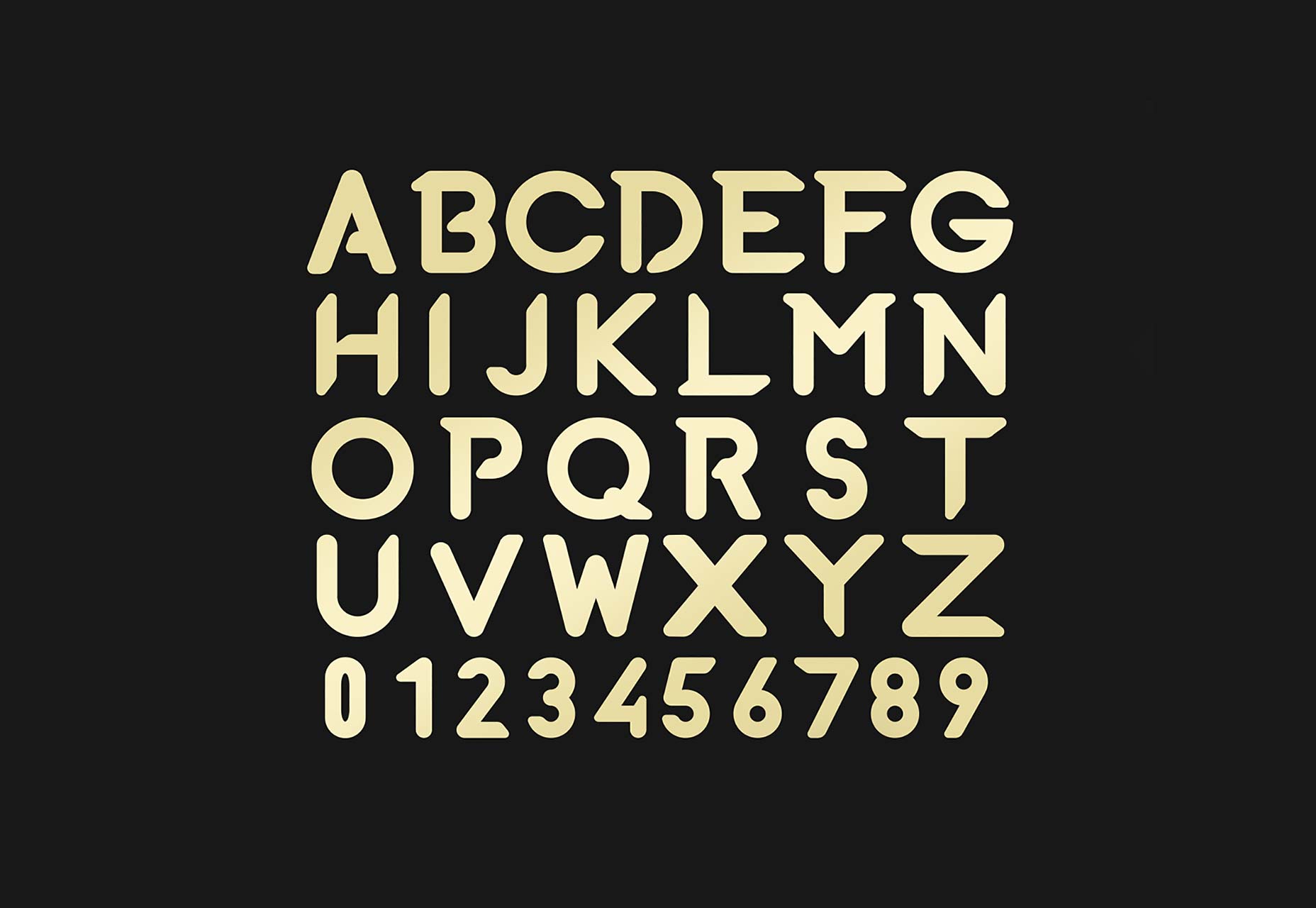

or higher), they tend to have big personalities in order to draw an audience.

Since display fonts are meant to be, well, displayed at a large size (generally 14 pts. It may look pretty, but it delivers the wrong message about our brand and the type of work that we do. Handwriting is often used in expressions of affection, so audiences perceive these typefaces as personal, creative and genuinely heartfelt.Īdding a script font ( Carrington) to the Company Folders logo transforms it into something that would be more appropriate if we sold greeting cards instead of presentation folders. Script fonts (and by extension most handwritten fonts) inspire feelings of elegance, grace and femininity. The new font feels a little more direct (but also a little less friendly) than our usual logo. This time, we choose a different sans serif font ( Caviar Dreams) to show you how even two fonts in the same font family can create completely different emotional messages. Our logo is already a sans serif font, so it felt like cheating to just show you the same logo all over again. Sans serif fonts are typically used in digital design, so they carry a reputation for being contemporary and current no matter what decade you use them in. They allow the message to speak for itself without hiding behind a façade-straight and to the point in an objective way. Sans serifĪudiences perceive sans serif fonts as clean and simplistic in a modern way. It would make for a fitting logo choice if it were more closely aligned with our brand identity, but this font ( Heuristica) is a little too uptight and old-fashioned for our tastes. When you add serifs to the Company Folders logo, it makes the brand seem stoic and traditional. They make a brand feel respectable and reliable, instilling the audience with a sense of comfort that they’re in the hands of someone reputable and stable. Serif fonts carry a distinguished feeling of heritage and pedigree. When you change the font on our logo, it radically changes the audience’s perception of our brand. Our normal logo is a sans serif font, which we feel matches our personality as a friendly, modern, forward-thinking brand. To help you better understand, we’ve decided to put our own logo under the microscope to show you how your font choices can have a drastic impact on the personality you convey to the audience. Emotions create personality, which is what is what elevates a font from just text on the page to a serious visual design component unto itself. In print media, your best opportunities to utilize fonts with an emotional impact are in the logo and the headline text, because these are the only times when emotion matters more than readability. These emotional values are much more important to the brand’s identity than legibility. The font may not be very readable, but it carries an emotional weight to it and delivers a subconscious message of whimsy and nostalgia. So in the case of the Walt Disney logo, the six-year-olds in the audience aren’t actually reading every single letter, they’re looking at the entire word as a whole and applying meaning to the entirety of the logo. So why does a company like Disney actively market to six-year-olds using such a complicated, hard-to-read script font? It’s because of a psychological theory known as the Gestalt principles of design, which say that the brain tends not to focus on the individual pieces of a design, but rather applies a universal understanding to the design in its entirety. Even that first letter “D” looks more like a backwards letter “G.”ĭisney’s logo is instantly recognizable, but it’s also not especially readable. But ask the same child to identify the individual letters in that script font, and you’ve got a problem. How readers perceive fontsĬonsider the Walt Disney logo design-ask any six-year-old to identify the logo, and they’ll know exactly which business it belongs to. If you want to choose a font that generates an emotional connection between your audience and your design, you first have to understand the psychology of fonts. This is why a font like Comic Sans can be so hated by designers and yet so widely used because Comic Sans was designed to feel fun and playful, and that’s a tough emotion to resist. Just the act of looking at a certain font face can involuntarily stir up powerful emotions or instill a sense of nostalgia. We received several comments from readers who saw value in the fonts that we ridiculed or thought we had unfairly judged some of the fonts we selected.īut it’s something we should have expected-after all, that’s the power that fonts have on people. When we listed our choices for the worst fonts ever, we were surprised to find out that many of you disagreed with some of our selections.


 0 kommentar(er)
0 kommentar(er)
